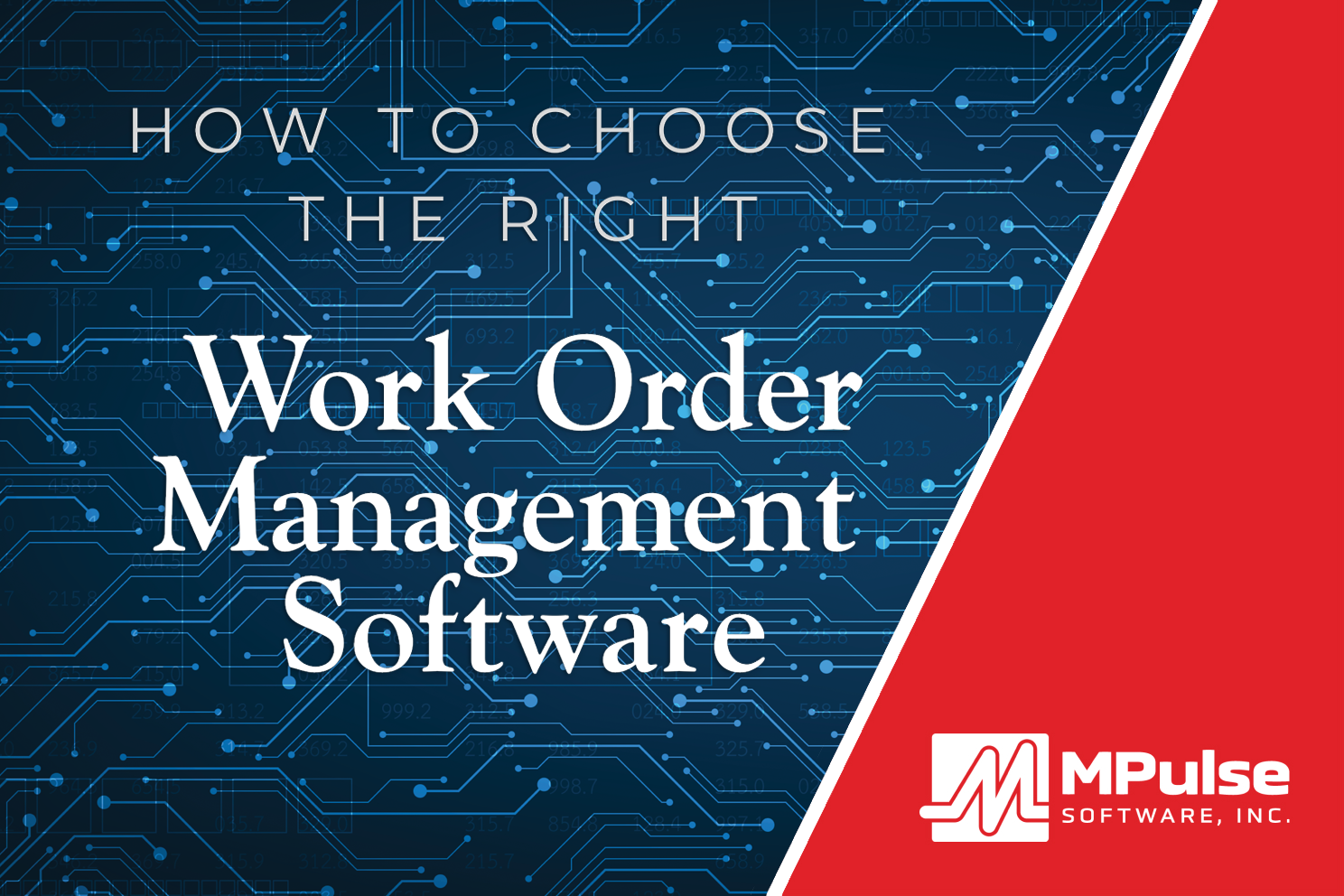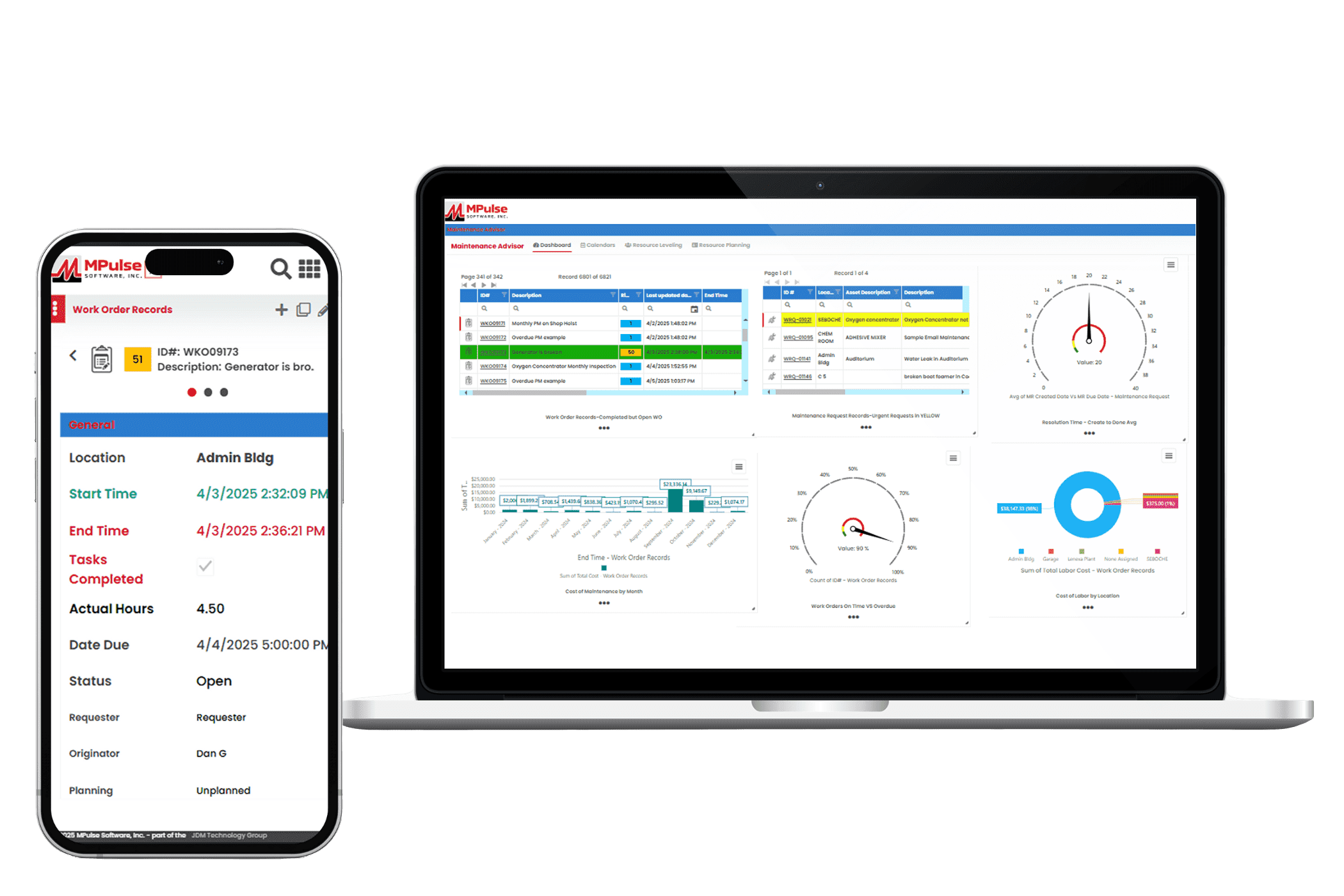Corrective maintenance doesn’t always get the attention it deserves. It’s closely related to proactive strategies like preventive maintenance (PM) and predictive maintenance (PdM). But it offers additional benefits that can improve the productivity and efficiency of your maintenance team.
Table of Contents
What is Corrective Maintenance?
Maintenance professionals perform corrective maintenance in order to rectify and repair faulty systems and equipment. The goal is to restore something that’s broken to full operation.
Corrective maintenance occurs when a technician finds a problem during a scheduled PM or PdM task. If the issue is quick and easy to fix, the technician may repair it at the same time as part of the preventive maintenance task. However, if it’s more complicated, your tech will create a separate work order, and it becomes a corrective maintenance task. Some MPulse customers also call it “repair from PM.”
What’s the Difference Between Preventive and Corrective Maintenance?
PM is triggered by time, meter, or event. Preventive maintenance prevents breakdowns by performing maintenance based on average or expected life statistics (usually determined by the equipment manufacturer or vendor). The most common example is changing the oil in a car every X,000 miles or every X months.
Maintenance shops use CMMS software to set up scheduled preventive maintenance tasks, preventing failure and prolonging asset life cycles. However, if you need to schedule a future repair, it becomes corrective maintenance. During this corrective maintenance task, the team will repair, restore, or replace the asset.
When Do I Use Corrective Maintenance?
Safety inspections are common PMs that can result in corrective maintenance. During the inspection, the technician will spot an issue that could cause a breakdown or fault in the equipment. The issue hasn’t caused any downtime yet — but it will if it’s not fixed. If not repaired and a breakdown occurs, your team will need to perform emergency maintenance.
One MPulse customer experienced this recently when a scheduled inspection on the company’s HVAC system revealed the need for a new filter. Normally, replacing a filter occurred on a PM schedule. However, bad air quality from nearby wildfires significantly reduced the lifespan of the air filter, requiring an early replacement. The technician created a work order to fix it after a new air filter arrived.
Benefits of Corrective Maintenance
When a maintenance team establishes and regularly performs PM and corrective tasks that contribute to the upkeep of assets, an organization may be able to sidestep serious problems that arise as a result of neglect as well as delay more expensive maintenance.
Preventive maintenance schedules and inspections generated from preventive maintenance software help spot issues before they occur. Taking the next step by scheduling corrective maintenance tasks improves employee safety and reduces emergency maintenance issues.
CMMS software can help. Contact us to learn more about corrective maintenance strategies. We’re here to help.






